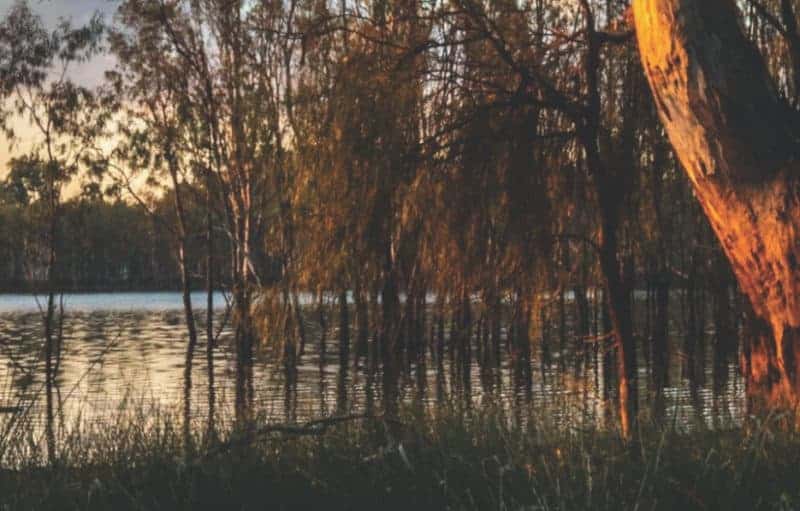IN THE MEDIA Opinion piece published in The Weekly Times 29 June 2020 |
We need to separate myth from reality to effectively manage Victoria’s Alpine National Park, argues Phil Ingamells of the Victorian National Parks Association.
We have to be willing to separate myth from reality, and conjecture from evidence, if Victoria’s Alpine National Park is ever to be managed as well as it should be.
Unless we’re operating in the real world, we won’t get real solutions.
The cattlemen have an undeniably long association with the high country, going back to the middle of the 19th century. But they’re not the only group proud of a long of history there.
There is of course the undeniable, almost timeless, heritage of Aboriginal traditional owners.
But less well recognised is the long history of scientists studying the high country: geologists, botanists, agriculturalists and others have crawled over those peaks and high plains throughout the 19th and 20th century, sometimes with magnifying glasses.
Indeed, when the Australian Alps National Parks were given National Heritage listing, the citation referred to the “outstanding heritage value of the scientific research that has taken place since the 1830s”.
Earlier this year a Federal Court judge, ruling in the case brought against Parks Victoria by the Australian Brumby Alliance, said that the scientific evidence of the damage horses cause was based on expertise, and was persuasive.
And he said that the ecological advice presented on behalf of the Australian Brumby Alliance was not supported by evidence, and was not persuasive.
The nearly two centuries of accumulated alpine ecology doesn’t come from bureaucrats in Melbourne imagining it all; it comes from a large number of people who have spent much of their lives up there doing field research and recording evidence in reports and papers which in turn undergo scrutiny by other scientists.
It’s real information that we should be acting on if we are to manage the natural heritage of the high country, and pass it on to future generations.
A claim was made in The Weekly Times (“Don’t kill alpine icon”, June 24) that the cattlemen would manage the park better than Parks Victoria, and that in the past they had managed the brumbies without having to shoot them.
I sat on two of Parks Victoria’s wild horse advisory groups, and have talked with a number of cattlemen over the years; it was made clear to me that many cattlemen routinely shot horses competing with cattle for feed.
Moreover, horses rounded up by brumby runners have commonly ended up in sale yards, as halfway houses to an abattoir. It’s really not helpful to bury those truths.
Not so long ago, it was an eagle-eyed scientist doing field research on the Bogong High Plains who spotted Orange Hawkweed, a newly arrived weed in Falls Creek. It’s a hard to spot, highly invasive plant that has the potential to seriously impact not just the high plains, but farms across Victoria.
Since then, Parks Victoria has run extensive programs each summer to eradicate hawkweeds before they become entrenched – a process that has been costly, but not nearly as costly to Victoria as later intervention would be.
We should be supporting Park’s Victoria’s evidence-based management program to manage the horses, as well as its programs to manage deer, pigs and goats, and a range of other threats to the park.
It’s an easy call to bag the organisation that’s been handed the legal obligation to manage the park, and it might feel good to say we or someone else could do the job better. But that just undermines the agency which acts for us all, and discourages the achievement of a much needed, appropriate level of funding for Parks Victoria’s work.
